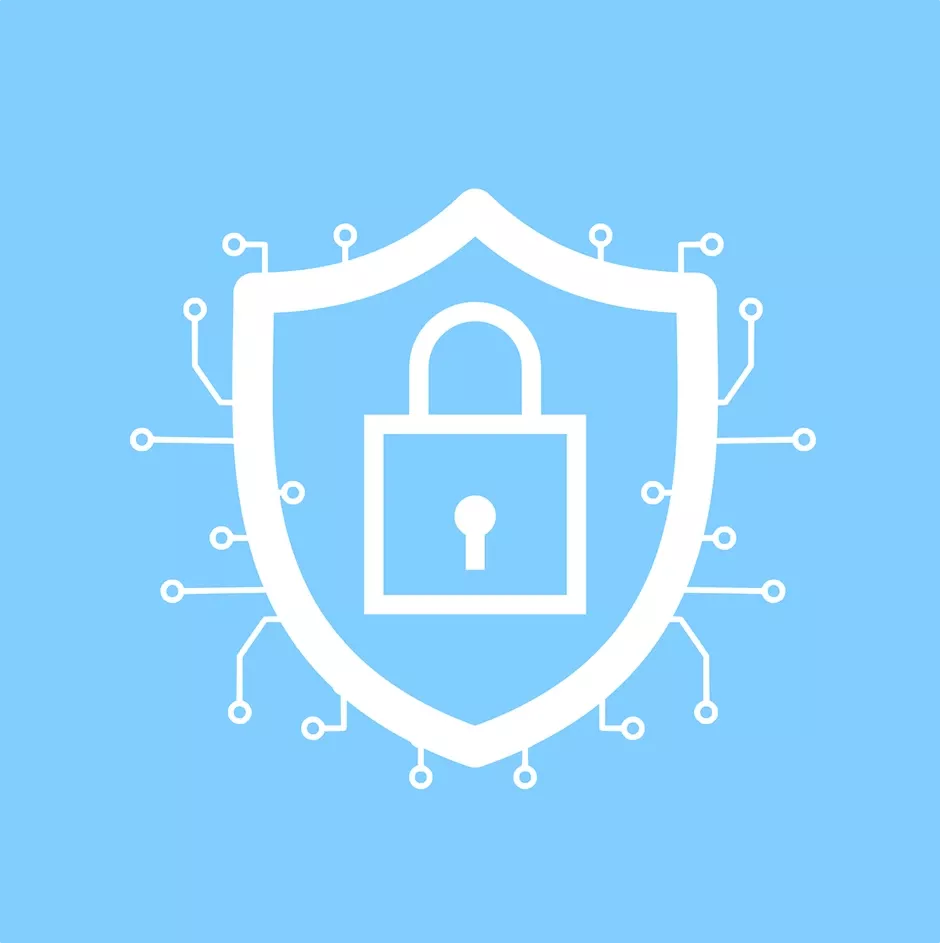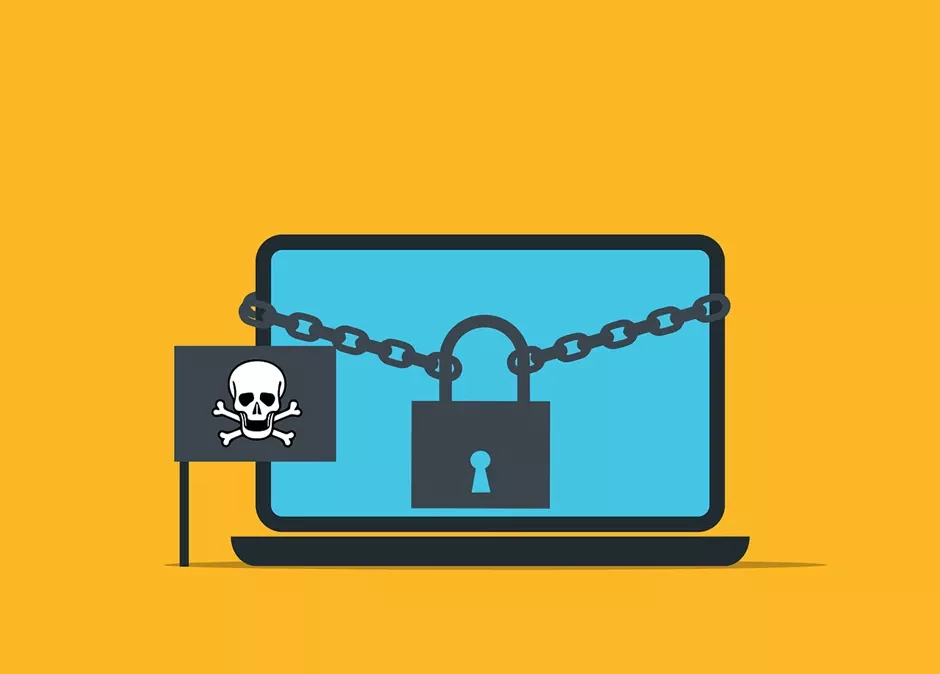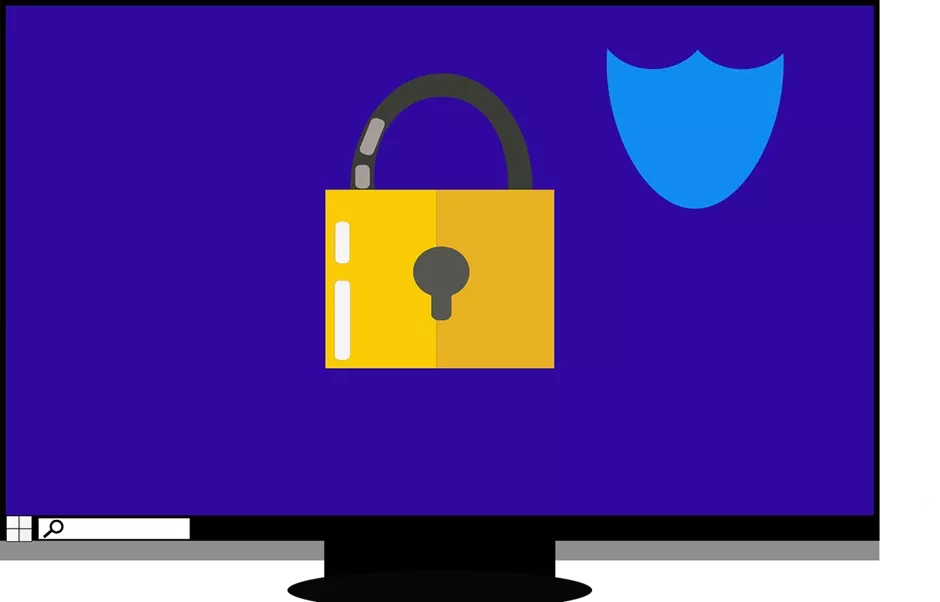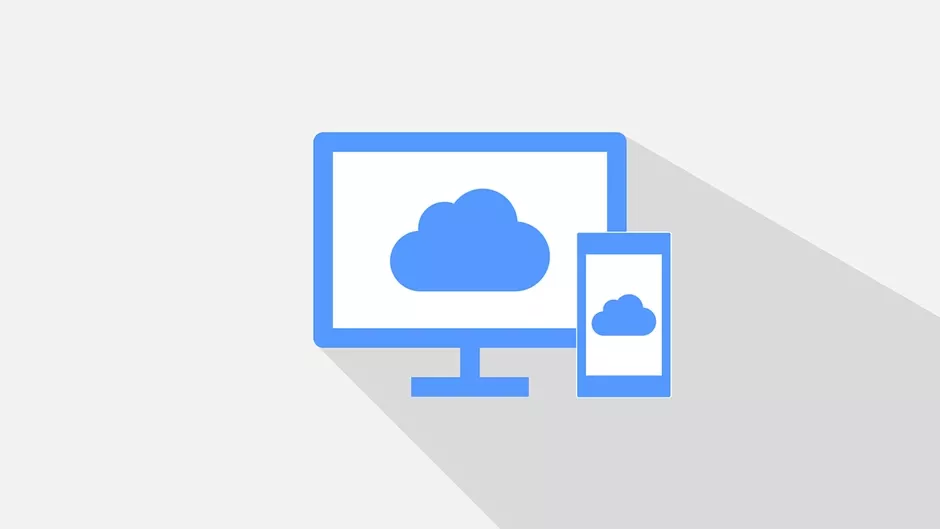Iphone Running Slow? Speed It Up With One of These Tips
If your iPhone has gone from speedy sidekick to sluggish snail, don’t despair! We are sharing some easy tips to get your iPhone back in tip-top shape.
Give it a Restart: The Digital Power Nap
Clean Out the Digital Clutter
-
Photos and Videos
Review your photo and video library. Delete blurry pics, duplicates, and anything you don’t need anymore. Consider using cloud storage services like iCloud Photos or OneDrive. These store precious memories without clogging up your device’s storage space. Many also have an automated upload feature when you snap a new pic. -
Unused Apps
Be honest, how many apps do you use daily? Identify apps you haven’t touched in months and delete them. This frees up phone storage space. It can also reduce background activity and improve battery life. -
Offload Unused Apps & Keep Data (iOS 11 and later)
This nifty feature lets you free up storage space by keeping an app’s data while deleting the app itself. When you need the app again, you can simply download it without losing any saved data.
-
Remove Unneeded Podcasts
Many podcasts download to your device without you realizing it. This allows you to listen without a direct connection. But can fill up your device fast! If you listen to several podcasts, they all can be taking up valuable space. Review your iPhone’s storage and remove unnecessary podcast downloads.
Tame Background App Refresh
Not Every App Needs to Know Where You Are
Reduce Motion Effects
Apple’s fancy motion effects include things like app parallax and zoom animations. They can be beautiful. But they can also be resource-intensive. Turn off iPhone motion effects. This can free up processing power and make your iPhone feel snappier.
Update Your Apps and iOS
App and iOS updates often include performance improvements and bug fixes. Make sure you’re running the latest versions of your apps and iOS. This ensures optimal performance and security.
Disable Automatic Downloads
Nuclear Option: Reset Your iPhone
But be careful with this nuclear option. Before doing a factory reset, be sure to back up your iPhone. Also, sign out of iCloud. This ensures you avoid losing important data.
Check Your Battery Health
Follow these simple tips. They’ll help you diagnose the cause of your iPhone’s sluggishness. As well as get it running smoothly again. A little maintenance goes a long way in keeping your iPhone happy and fast!
Need Help with a Smartphone or Tablet?
When your smartphone isn’t working right, it can be a real pain. Don’t struggle. Get help from the pros. Our team can diagnose internal and external smartphone issues as well as help with tablets, laptops, and other devices.
Article used with permission from The Technology Press.












